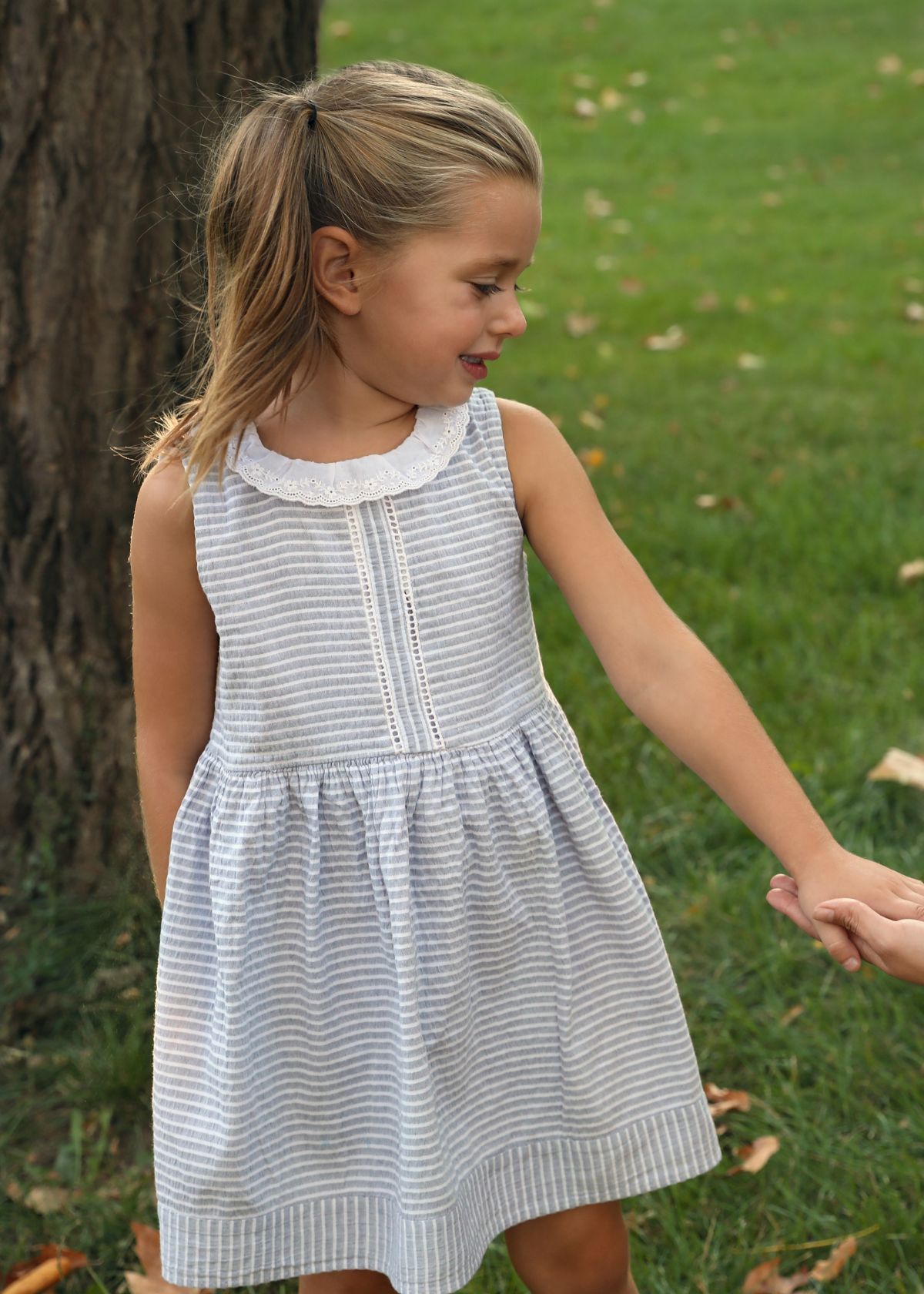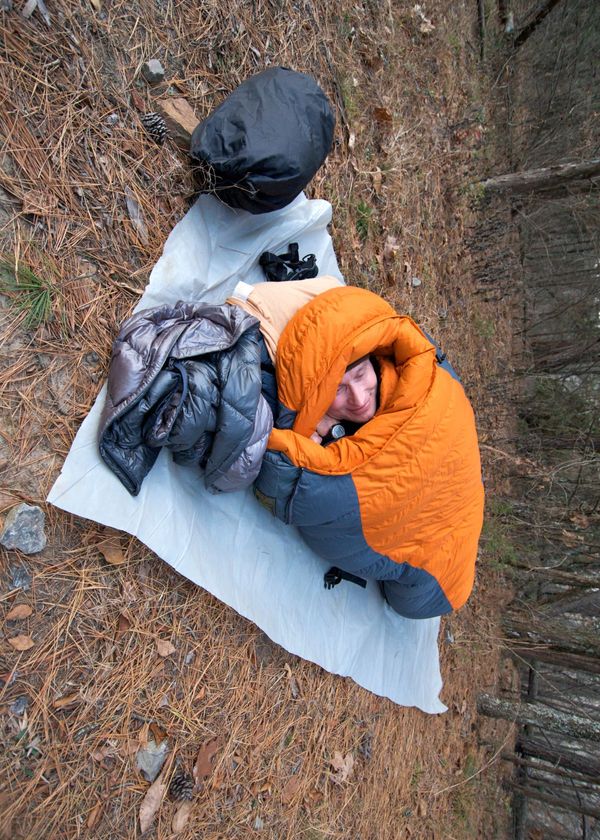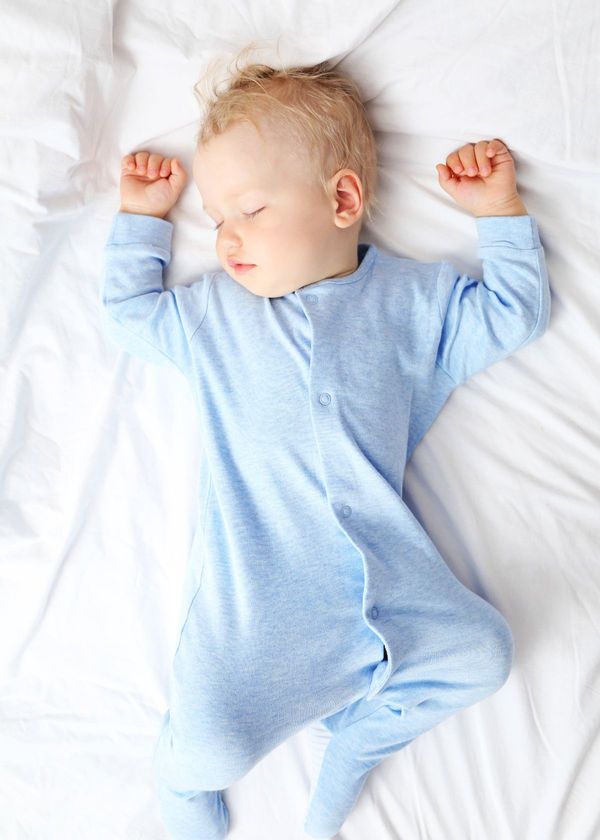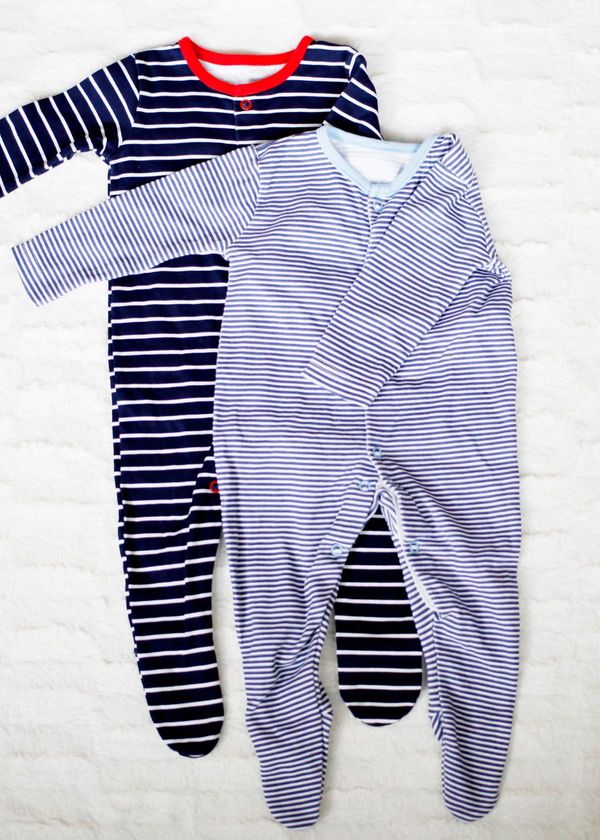How long does insect repellent clothing last? Insect repellent clothing has become increasingly popular among hikers, campers, and outdoor enthusiasts who want to protect themselves from pesky insects while enjoying the great outdoors.
Insect repellent clothing is treated with special materials that repel insects, protecting you from bites and the diseases that come with them. But, how long does insect-repellent clothing last, and how often should you replace it?

What is Insect Repellent Clothing?
Insect repellent clothing is a type of clothing that is treated with chemicals designed to repel insects. The treatment is usually applied to the fabric during manufacturing and can withstand several wash cycles.
The most commonly used insect repellent for clothing is permethrin, a synthetic chemical approved by the Environmental Protection Agency (EPA) for use on clothing. Permethrin works by interfering with an insect's nervous system, paralyzing and killing them on contact.
Insect repellent clothing can be found in various forms, including shirts, pants, socks, hats, and jackets. This clothing is a great option for outdoor activities, especially in areas where insects are prevalent.
How Long Does Insect Repellent Clothing Last?
How long does insect repellent clothing last? The effectiveness of insect repellent clothing varies depending on the type of fabric and the concentration of insecticide. The treatment can last for several wash cycles, but eventually, the repellent properties will wear off.
On average, insect repellent clothing can last for about 70 washes or approximately two years. The lifespan of insect repellent clothing also depends on how frequently it is worn and exposed to the elements.
It is important to note that while insect repellent clothing can last for a long time, its effectiveness reduces with each subsequent wash cycle. This means that the clothing will become less efficient at repelling insects over time.
Signs That Your Insect Repellent Clothing Needs Replacing
Insect repellent clothing may require replacement if it no longer provides protection against insects. This can occur when the clothing is exposed to wear and tear or when the insecticide has completely disintegrated. Signs that your insect repellent clothing needs replacing include:
- You start experiencing insect bites even when wearing the clothing
- The insect repellent clothing has lost its color or texture due to frequent washing or exposure to the elements
- The clothing does not smell like insecticide anymore
- The clothing's insect-repelling properties have reduced significantly
Tips to Help Extend the Life of Your Insect Repellent Clothing
While insect repellent clothing has a finite lifespan, there are things you can do to help extend its life. These include:
- Follow the care instructions on the clothing's label. Avoid washing the clothing frequently or using harsh chemicals that can damage the fabric and diminish the insecticide's effectiveness.
- Store the clothing in a cool and dry place. Exposing the clothing to heat and moisture can cause its insect-repelling properties to deteriorate.
- Use other forms of insect repellent in conjunction with insect repellent clothing. Wearing insect repellent clothing does not guarantee complete protection against insects, especially around exposed areas like your face and hands. You can use topical insect repellents, wear protective gear like hats and gloves, and avoid being outdoors during peak insect activity times.

How long does bug spray last on clothes?
The longevity of bug spray on clothing largely depends on the type of chemical used. Natural insect repellents, such as those containing essential oils, provide protection for up to two hours before needing to be reapplied. Chemical-based formulas can last up to 6 hours, although this may vary depending on the climate and humidity levels.
It is important to read the label of any product you use and follow any recommendations regarding how often it should be applied. Additionally, washing your clothes regularly with a detergent designed specifically for outdoor apparel can help reduce the need for frequent re-application.
Does insect repellent come out of clothes?
Yes, insect repellent can come out of clothes. Depending on the type of insect repellent and the fabric it is applied to, some may be more easily removed than others. If you want to try to remove the insect repellent from your clothing, it's best to treat the garment with a gentle detergent or spot remover before washing it in the washing machine.
For tougher stains, you may need to soak the item overnight in cold water before laundering it. Keep in mind that if your clothing has been treated with permethrin-based insecticide sprays, they must be washed separately from other garments. Additionally, heat drying should be avoided as this may set any remaining insect repellent into the fabric permanently.
Do mosquito repellent clothes work?
Yes, mosquito repellent clothes are proven to work. Research studies have shown that treated clothing is effective in repelling mosquitoes and other biting insects. Treated garments use a special technology called Insect Shield® Repellent Apparel which binds permethrin—a man-made version of an insect repellent found in certain types of chrysanthemum flowers—to the fabric fibers, creating long-lasting protection from mosquitoes.
This provides a barrier against pesky bloodsuckers without having to apply topical bug spray or lotion directly on your skin. Additionally, because it’s bound to the fabric, it won’t wash off with regular laundering, so you can enjoy protection for up to 70 washes!
How long does permethrin stay in clothes?
Permethrin is a synthetic insecticide that is used to treat clothing and other wearables to help repel insects. Permethrin can remain in clothes for up to two weeks, depending on the material of the garment and how often it is laundered. For example, cotton garments may retain permethrin longer than synthetic fabrics such as polyester.
Laundering can help reduce the amount of permethrin left on clothing but you should always follow label instructions when applying and reapplying treatments. In addition, it's best to avoid contact with permethrin-treated items during application in order to minimize exposure. If any skin contact does occur, wash the area immediately with soap and water.
Conclusion
Insect repellent clothing is an effective way to protect yourself from insects while enjoying the outdoors. The lifespan of insect repellent clothing varies depending on the type of fabric and insecticide concentration. On average, insect repellent clothing lasts for about 70 washes or two years.
However, its effectiveness reduces with each wash cycle. As such, it's essential to look out for signs of wear and tear and replace your insect repellent clothing when necessary. By following the care instructions, storing the clothing correctly, and using other forms of insect repellent, you can extend the life of your insect repellent clothing and stay protected from insects for longer.









